The image of dinosaurs has undergone a remarkable transformation in recent decades. Once portrayed exclusively as scaly reptilian creatures, many dinosaur species are now known to have sported feathers in various forms. This revolutionary understanding has reshaped our perception of these ancient animals and their connection to modern birds. However, feathers weren’t universal among dinosaurs—some had elaborate plumage while others maintained purely scaly exteriors. This fascinating disparity offers insights into dinosaur evolution, behavior, and the environmental pressures that shaped these magnificent creatures during their 165-million-year reign on Earth.
The Origin of Dinosaur Feathers
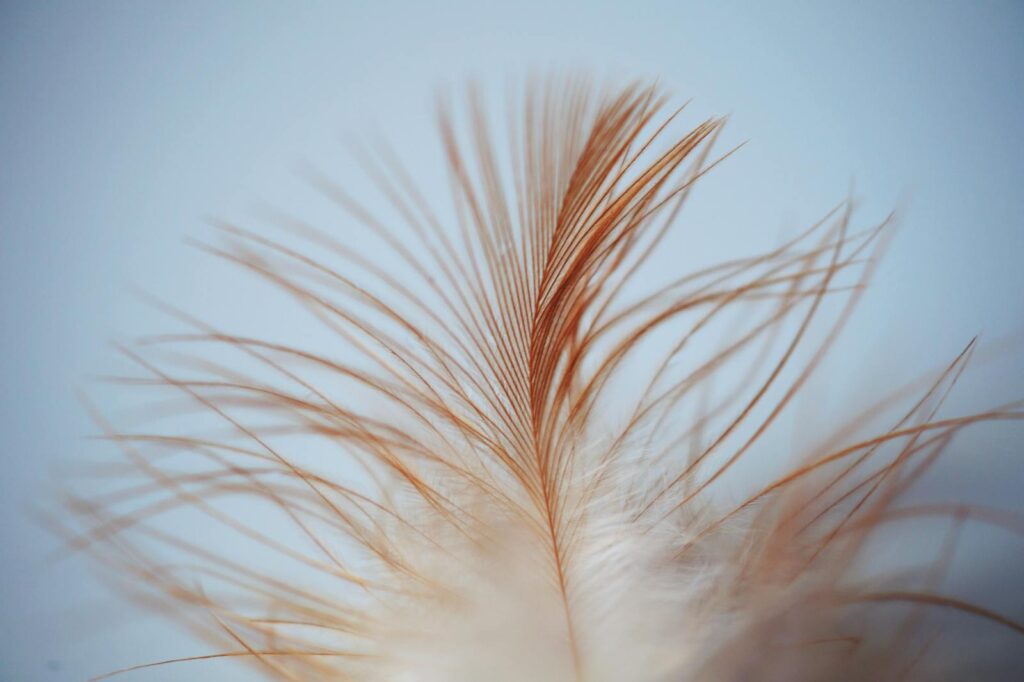
Feathers didn’t appear suddenly in the dinosaur lineage but evolved gradually over millions of years. The earliest feather-like structures were simple filaments that likely emerged in the Middle to Late Triassic period, roughly 230-220 million years ago. These proto-feathers initially served functions unrelated to flight, such as insulation or display. The evolutionary pathway from simple filaments to complex flight feathers represents one of nature’s most remarkable adaptations. Fossil evidence suggests that feathers originated before the appearance of birds, indicating they weren’t initially evolved for flight but were later co-opted for this purpose. This exemplifies the evolutionary concept of exaptation, where structures evolved for one function are repurposed for another entirely different function.
The Theropod Connection
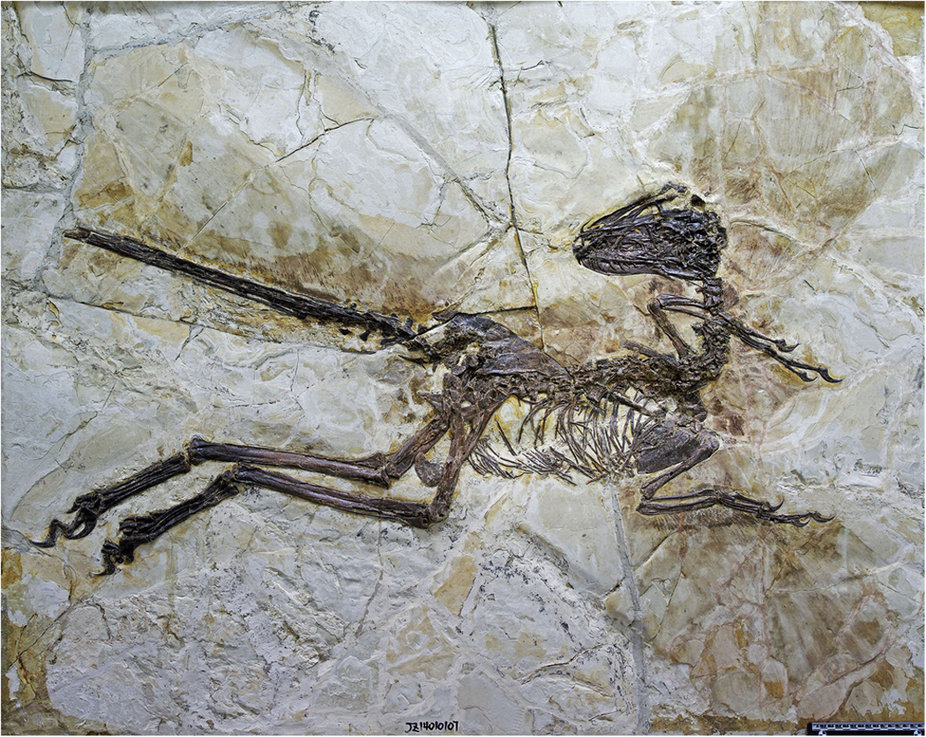
Feathers weren’t distributed randomly across dinosaur groups but showed a strong phylogenetic pattern. They appeared predominantly in theropods, the group of predominantly carnivorous dinosaurs that eventually gave rise to birds. Numerous fossil discoveries from China’s Liaoning Province have revealed spectacularly preserved feathered theropods, including Sinosauropteryx, Caudipteryx, and Microraptor. These findings have firmly established the evolutionary link between dinosaurs and birds. Interestingly, even some large theropods like Yutyrannus, a relative of Tyrannosaurus rex that reached lengths of 30 feet, possessed primitive feather coverings. This suggests that feathering might have been more widespread among theropods than previously thought, raising questions about whether iconic dinosaurs like T. rex might have had at least some feathered areas during certain life stages.
Types of Dinosaur Feathers

Dinosaur feathers weren’t uniform but exhibited remarkable diversity in structure and complexity. The simplest forms were single filaments resembling hair, sometimes called “dinofuzz,” which likely provided insulation. More complex structures included tufted filaments where multiple strands emerged from a common base. Some dinosaurs possessed pennaceous feathers with a central shaft and barbs, similar to modern bird feathers but lacking the microscopic hooks that create a smooth vane. The most advanced feather types, found in late dinosaurs like Microraptor, featured fully-formed flight feathers with asymmetrical vanes optimized for aerodynamic performance. This diversity in feather morphology reflects the gradual evolution of these structures and their adaptation to different functions across various dinosaur species.
Climate Adaptation Theory

One compelling explanation for the differential distribution of feathers among dinosaurs relates to climate adaptation. Many feathered dinosaur fossils have been discovered in regions that experienced seasonal cool periods during the Mesozoic Era. Feathers, like mammalian fur, provide excellent insulation by trapping air close to the body. This would have been particularly advantageous for smaller dinosaurs with high surface-area-to-volume ratios, which lose body heat more rapidly than larger animals. The massive sauropods and large ornithischians, by contrast, faced the opposite problem—their enormous bodies generated substantial heat, making overheating a greater concern than heat conservation. Their lack of feathers may have helped them radiate excess body heat more efficiently, similar to how modern elephants use their large, uninsulated ears as radiators.
The Size Factor in Feather Distribution
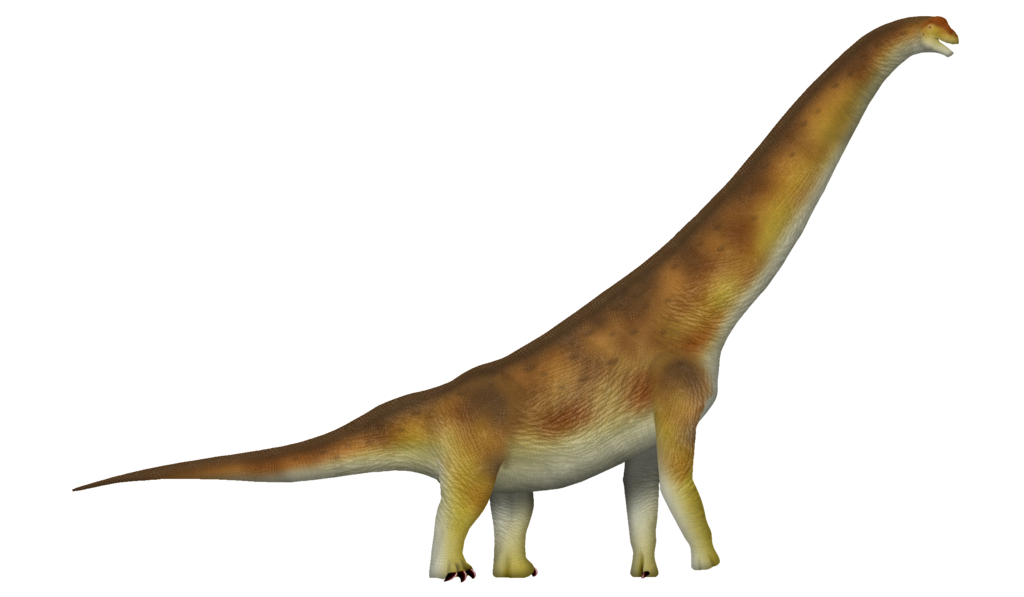
Body size represents a crucial factor in determining which dinosaurs evolved feathers. Generally, smaller dinosaur species were more likely to have feathery coverings than larger ones. This pattern makes biological sense when considering the physics of thermoregulation. Smaller animals have higher metabolic rates relative to their size and lose heat more quickly due to their larger surface-area-to-volume ratio. Feathers would have provided vital insulation for these smaller dinosaurs, helping them maintain stable body temperatures. Larger dinosaurs, with their smaller relative surface areas, faced fewer challenges retaining heat and more problems dissipating it. This size-based pattern helps explain why massive sauropods like Brachiosaurus or large ceratopsians like Triceratops remained feather-free while many smaller theropods evolved elaborate plumage.
Metabolic Considerations

The presence or absence of feathers correlates strongly with the metabolic characteristics of different dinosaur lineages. Growing evidence suggests that many theropod dinosaurs had elevated metabolic rates approaching those of modern birds, which are endothermic (warm-blooded). Feathers would have been crucial for these active, high-metabolism animals, helping them conserve the heat generated by their internal processes. Fossils of feathered dinosaurs often show adaptations associated with high metabolic rates, including enlarged respiratory systems and dense vascularization patterns in their bones. By contrast, many ornithischian and sauropod dinosaurs likely had lower metabolic rates closer to those of modern reptiles, though still higher than truly cold-blooded animals. Without the need to conserve internally generated heat, these groups could forego the insulating properties of feathers.
Feathers for Display and Communication

Beyond thermoregulation, feathers served vital social and reproductive functions that may explain their presence in some dinosaur lineages and absence in others. Fossil evidence increasingly suggests that many feathered dinosaurs possessed colorful, elaborate plumage used for display purposes. The dinosaur Microraptor, for instance, had iridescent feathers that would have produced a glossy blue-black sheen like modern crows. Such distinctive features likely played roles in mate attraction, species recognition, and establishing social hierarchies. Dinosaur groups that relied more heavily on visual communication might have evolved feathers for these purposes, while those using other sensory modes for communication—perhaps including acoustic signals or chemical cues—might have retained purely scaly coverings. The stunning display features found in some dinosaur fossils, including elaborate crests and feather fans, suggest sophisticated visual communication systems comparable to those of modern birds.
The Case of Ornithischians
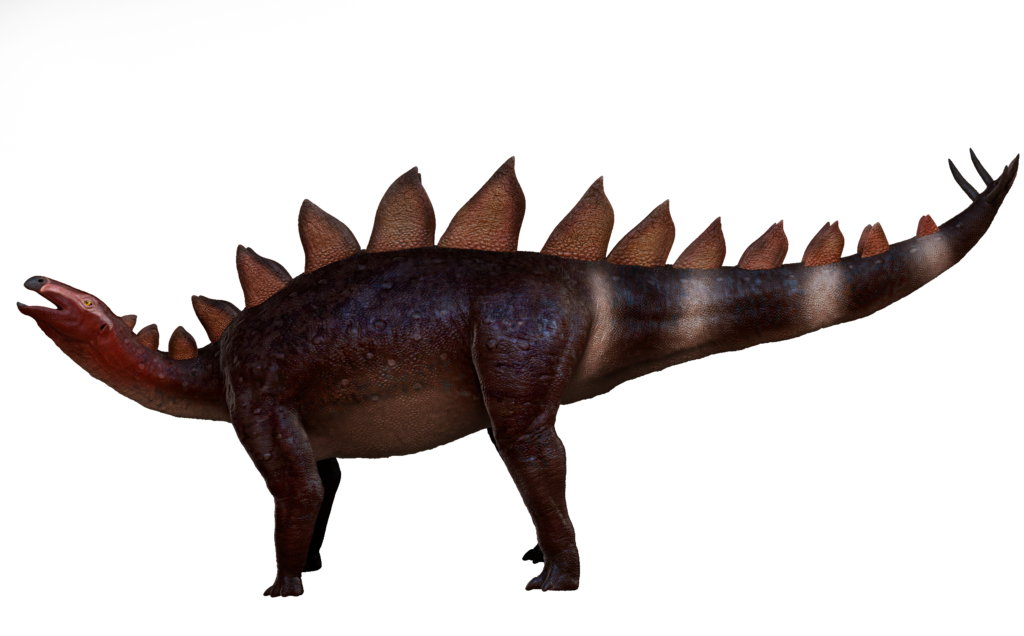
The ornithischian dinosaurs, including well-known groups like ceratopsians (Triceratops), hadrosaurs (duck-bills), and stegosaurs, generally lacked feathers despite being extraordinarily diverse and successful. Instead, these plant-eaters developed alternative skin coverings including scales, plates, and in some cases, bristle-like structures. The discovery of Kulindadromeus from Siberia challenged this understanding somewhat, as this small ornithischian possessed feather-like filaments alongside scales. This suggests that some capacity for developing filamentous structures might have been present in the common ancestor of all dinosaurs. However, most ornithischians appear to have relied on different evolutionary strategies for thermoregulation and display, including elaborate frills, plates, and horns that served both for species recognition and possibly temperature regulation through blood circulation.
Sauropods and Their Scaly Covering
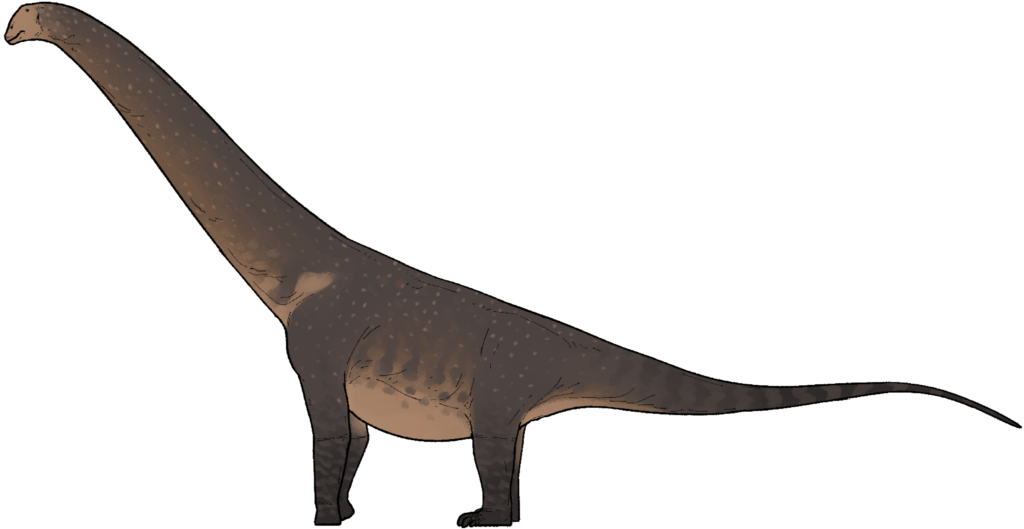
The enormous sauropod dinosaurs—long-necked giants like Brachiosaurus and Diplodocus—appear to have been exclusively scaly based on the available fossil evidence. These colossal creatures, some exceeding 100 feet in length and weighing more than 70 tons, would have faced fundamentally different physiological challenges than smaller dinosaurs. Their immense size resulted in tremendous thermal inertia, meaning they heated up and cooled down very slowly. Feathers would have been counterproductive for such large animals, potentially causing overheating. Additionally, the energy cost of growing and maintaining feathers across such an enormous body surface would have been prohibitive. Skin impressions from various sauropod fossils consistently show pebbly scales or tubercles rather than any feather-like structures, confirming that these dinosaurs retained the ancestral scaly covering throughout their evolutionary history.
Evolutionary Trade-offs
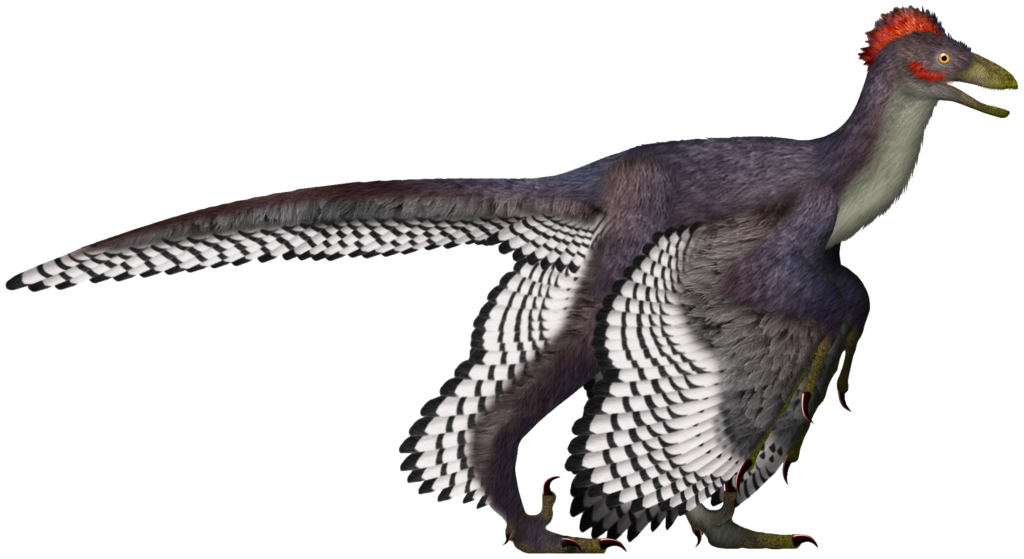
The distribution of feathers among dinosaurs reflects evolutionary trade-offs between competing biological needs. While feathers offer benefits including insulation, display potential, and eventually flight capabilities, they also come with costs. Growing and maintaining feathers requires significant energy and protein investment, which must be balanced against other metabolic demands. Feathers can harbor parasites and require regular maintenance through preening and molting. For some dinosaur lineages, the benefits outweighed these costs, leading to the evolution of increasingly complex feather structures. For others, alternative adaptations proved more advantageous within their ecological niches. These evolutionary trade-offs weren’t static but shifted with changing environmental conditions, predation pressures, and competitive landscapes throughout the Mesozoic Era.
The Predation Protection Hypothesis

Some researchers have proposed that feathers may have provided protective advantages against predation for certain dinosaur species. Small, feathered dinosaurs could potentially have benefited from camouflage provided by their plumage, helping them blend into vegetated environments to avoid detection by predators. Evidence for this comes from studies of fossil feather pigmentation, which reveal patterns consistent with camouflage in some species. Additionally, feathers might have created confusing visual outlines that made it harder for predators to target vulnerable body parts during an attack. This function would have been particularly valuable for smaller, vulnerable dinosaur species but unnecessary for massive herbivores like sauropods, whose primary defense was simply their enormous size. Some dinosaurs may have even used their feathers to appear larger when threatened, similar to how modern birds puff up their plumage when confronting potential threats.
Feathers and Flight Evolution

Perhaps the most transformative function of feathers emerged late in dinosaur evolution: the capacity for flight. Flight-capable feathers evolved gradually from simpler structures, with several intermediate stages serving functions unrelated to aerial locomotion. Small, nimble theropod dinosaurs developed increasingly sophisticated feather types that eventually enabled powered flight in the earliest birds like Archaeopteryx. Many feathered non-avian dinosaurs such as Microraptor possessed aerodynamically functional feathers that might have allowed gliding or rudimentary flight behaviors. Meanwhile, large dinosaur lineages with biomechanical constraints preventing flight—such as the hefty ornithischians or massive sauropods—had no selective pressure to evolve the specialized feathers necessary for aerial locomotion. This divergence in locomotor strategies represents one of the most significant evolutionary forks in dinosaur history, ultimately leading to the remarkable aerial adaptations of modern birds.
Implications for Our Understanding of Dinosaurs

The discovery of feathered dinosaurs has profoundly transformed our scientific and cultural understanding of these ancient creatures. Rather than being uniformly reptilian, dinosaurs now appear as a remarkably diverse group with some lineages developing distinctly bird-like characteristics while others retained more classically reptilian features. This revolution in dinosaur imagery highlights the importance of fossil evidence over traditional assumptions and cultural depictions. The selective distribution of feathers among dinosaur groups provides a fascinating window into their physiology, behavior, and evolutionary history. It reminds us that evolution doesn’t proceed uniformly but follows different paths based on the specific selective pressures facing each lineage. Modern paleoartists now carefully consider taxonomy, body size, and environmental context when determining whether to depict a particular dinosaur species with scales, partial feathering, or full plumage.
Conclusion

The distribution of feathers across the dinosaur family tree tells a complex story of adaptation and specialization. Rather than representing a universal feature, feathers evolved selectively in lineages where they provided adaptive advantages—primarily among the theropods that would eventually give rise to birds. For these animals, feathers offered crucial benefits in thermoregulation, display, and eventually flight. Other dinosaur groups evolved different strategies to meet their biological needs, retaining scalier coverings that better suited their size, metabolism, and lifestyle. This diversity highlights the remarkable adaptability of dinosaurs, which dominated Earth’s terrestrial ecosystems for over 160 million years by evolving specialized solutions to environmental challenges. The story of dinosaur feathers continues to unfold as new fossils emerge, gradually filling in our understanding of when, where, and why these remarkable structures evolved.



